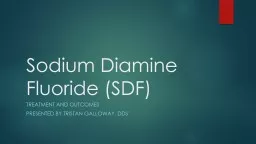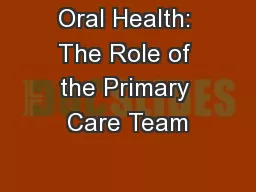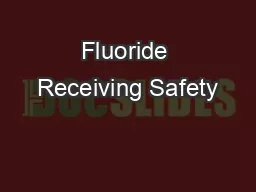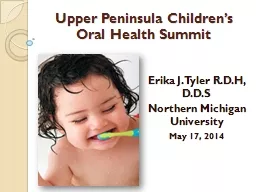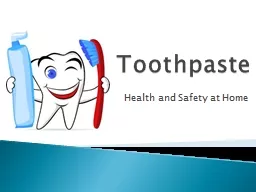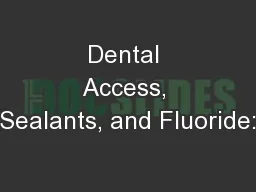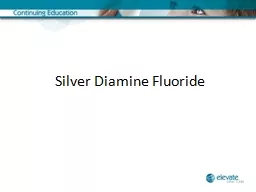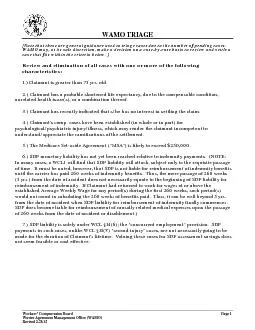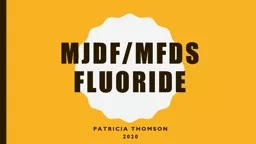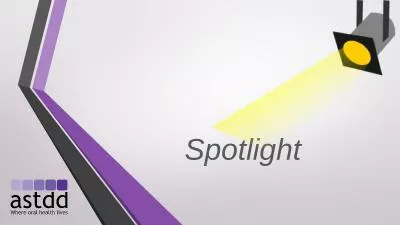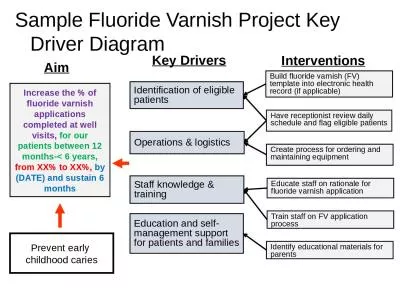PPT-Sodium Diamine Fluoride (SDF)
Author : oneill | Published Date : 2021-01-27
Treatment and outcomes Presented by Tristan Galloway DDS SDF Silver diamine fluoride is an inexpensive topical medicament used extensively in other countries to
Presentation Embed Code
Download Presentation
Download Presentation The PPT/PDF document "Sodium Diamine Fluoride (SDF)" is the property of its rightful owner. Permission is granted to download and print the materials on this website for personal, non-commercial use only, and to display it on your personal computer provided you do not modify the materials and that you retain all copyright notices contained in the materials. By downloading content from our website, you accept the terms of this agreement.
Sodium Diamine Fluoride (SDF): Transcript
Download Rules Of Document
"Sodium Diamine Fluoride (SDF)"The content belongs to its owner. You may download and print it for personal use, without modification, and keep all copyright notices. By downloading, you agree to these terms.
Related Documents

